Note: Click on the links to get acquainted with the book or author. I have not listed places to buy the books mentioned as this depends on where you live. However, please try to support your local bookstore and even better, your local cookbook store.
There were seven of us - the inaugural cookbook club attendees (a few had to bow out last minute). One Zoomed in from Copenhagen, two from Singapore, one from Penang and the rest of us from different parts of the USA.
The format was intentionally simple. I was not going to impose titles to buy or read (or test cook) in preparation for our discussion. The objective was to share our diverse selection and learn a bit about each one of these books. I’d like to think that we did.
K started off first. Based in California, she has spent more than four decades away from her hometown of Ipoh, Malaysia. In the last 10 years or so, she began collecting Malaysia/Singapore cookbooks to augment the knowledge she gained from her late mother. One of the first books K acquired was Wee Eng Hwa’s “Cooking for the President”, written by the daughter of Singapore’s popular late president Wee Kim Wee. Ms. Wee had spent several years compiling her family recipes, photographing and editing the recipes and eventually self-publishing them over three editions. I added that I referred to this authoritative tome as if it was the Peranakan Larousse Gastronomique and found it especially useful for its back pages that detailed the types of local fish, pork cuts, Asian leaves and vegetables as well as preparation techniques for meticulous Peranakan cooking.
K’s husband is not used to the wild odour of belachan (fermented shrimp paste) which she would roast outdoors. She is also game to adapt, perhaps testing Taukwa Pok (Tofu Puffs stuffed with Vegetables) using tofu skin for inari sushi.
On the other hand, H from Copenhagen uses the Thai version of fermented shrimp paste which seems to have a “different funk” from belachan. He has been lucky enough to source authentic Asian ingredients supplied by a vibrant community from the northern Thai region of Issan. H likes his recipes “unapologetically authentic” and explained that there are not many foreign cookbooks that get translated into the Danish language and even if they do, they often compromise or “whitewash” the version. He cited two books by Austin Bush, “The Food of Northern Thailand” and its later companion, “The Food of Southern Thailand”. He found the latter interesting for connecting southern Thai cooking to the Nonya and Malay cuisine south of the border. Lucky for H, he is also able to find banana blossom and is game to try the northern Thai dish of Tom Yam Soup with Banana Blossom and Chicken.
There were two of us who pulled out cookbooks by Christopher Tan. Both had attended his cooking classes and went away with great admiration for Chris. N is currently based in Massachusetts but “wants to be president of the Christopher Tan fan club”. She held up “Tales from the Yeast Indies” and had baked the purple rice cupcakes from the book which surprised her with how much those cupcakes tasted like chocolate. She also loves the Masala Oat Buns which she describes are like “regular rolls with a new take”. N recently spent two weeks looking for ingredients to try out his Char Siew recipe even though she has been a vegetarian all this time. She is game for “some pretty intense recipes”, a sentiment shared by the other fan C from Singapore who agreed that Chris’ recipes are not the simplest but “so much effort goes into developing them”. C went on to say that the descriptions from Chris’ cookbook “Nerdbaker” are “so mouthwatering” with his “own twists on things” and are “like getting a warm hug”. C has been collecting cookbooks since young, starting out with binders of her grandmother’s recipes - a firm reminder of this generation like C’s, whose mothers were career women and who depended on the grandmothers to teach the helpers to cook favourite family dishes which the helpers further enhanced with their own interpretations. C is also methodical. She likes reading the cookbooks first before she begins cooking from those books, “sinking her teeth into the author’s stories”. C also searches for cookbooks at the library, which T, another Singapore, does too.
In fact, T works at a library in Singapore and has access to cookbooks all the time! She does not have a cookbook collection but is slowly acquiring, starting with a vintage find of “International Curry” from a random book sale, published in 1984 by Eastern University Press which no longer exists. T was fascinated by the presence of curry that stretched from Malaysia, India, Sri Lankan to Iraq. T also noted the book cover’s chiaroscuro feel, a dramatic rendition, “almost still life” in dark tones featuring spice ingredients and a big bowl of curry.
At this juncture, I chimed in about my choices. I introduced “Chinese Enough” by Kristina Cho, holding it up as an example of a new trend I have observed in cookbooks - modern cooking employing simpler recipes, incorporating easier-to-find ingredients in Western supermarkets, appealing to the younger audience juggling a career and/or parenthood, especially in the middle of the week. These books are also a reflection of the next generation of offspring of immigrants, who have learnt to adapt the food of their childhood to a contemporary East-West setting. “Chinese Enough” is nominated for the 2025 James Beard Award for US Foodways.
At the same time, I also went to the other extreme, sharing Mrs. Leong Yee Soo’s classic “The Best of Singapore Cooking” as a crucial resource when I was stumped about how to piece together some of my mother’s incomplete recipes. Mrs. Leong and my mother were part of a group of Nonyas who frequently exchanged tips and instructions about recipes that framed a significant period in Singapore’s culinary history, leading up to the early 1970s. These encompassed Peranakan cooking as well as the kind of food one associates with colonial Singapore, 1960s Chinese restaurants and retro birthday parties and tea time snacks.
Last but not least, we had D from Penang. She is not a complete stranger. She has her own book “Penang Makan” by Dayana Wong, a winner of a Gourmand prize. (Dayana will be the only one I will spell out the full name here.) She pulled out the very first cookbook given to her by her parents. It was a children’s cookbook with colourful alphabets spelling out “Cookbook” on the cover, establishing the way with how she colour codes her cookbooks (like Yotam Ottolenghi). When Dayana went to the UK for school, she bought Ping Coombes’ cookbook “Malaysia” to help her cook her favourite dishes from home. That shocking pink book holds a special place in her heart and inspired Dayana to pen her own title, a compilation of her own recipe versions, having become more confident in her cooking during her uni days, thanks to Ping’s cooking instructions. Dayana became even more productive with her cooking skills during Covid, which then motivated her to consider pitching her manuscript. When potential publishers responded with a hybrid arrangement, Dayana decided to fund her own publishing company. Her husband and her set up Bulan Press. This gave her a wider latitude in the tiny details of design and production and its success has boosted her confidence in publishing other titles, the press becoming a promising business for her.
In summary, we were inspired not just by what Asian cookbooks we liked, but by anecdotes about writing personal cookbooks, recording family recipes into binders and keeping food memories alive wherever we may be around the world. I can’t wait to hear more in June when we will discuss Baking books on June 27. Come join in!




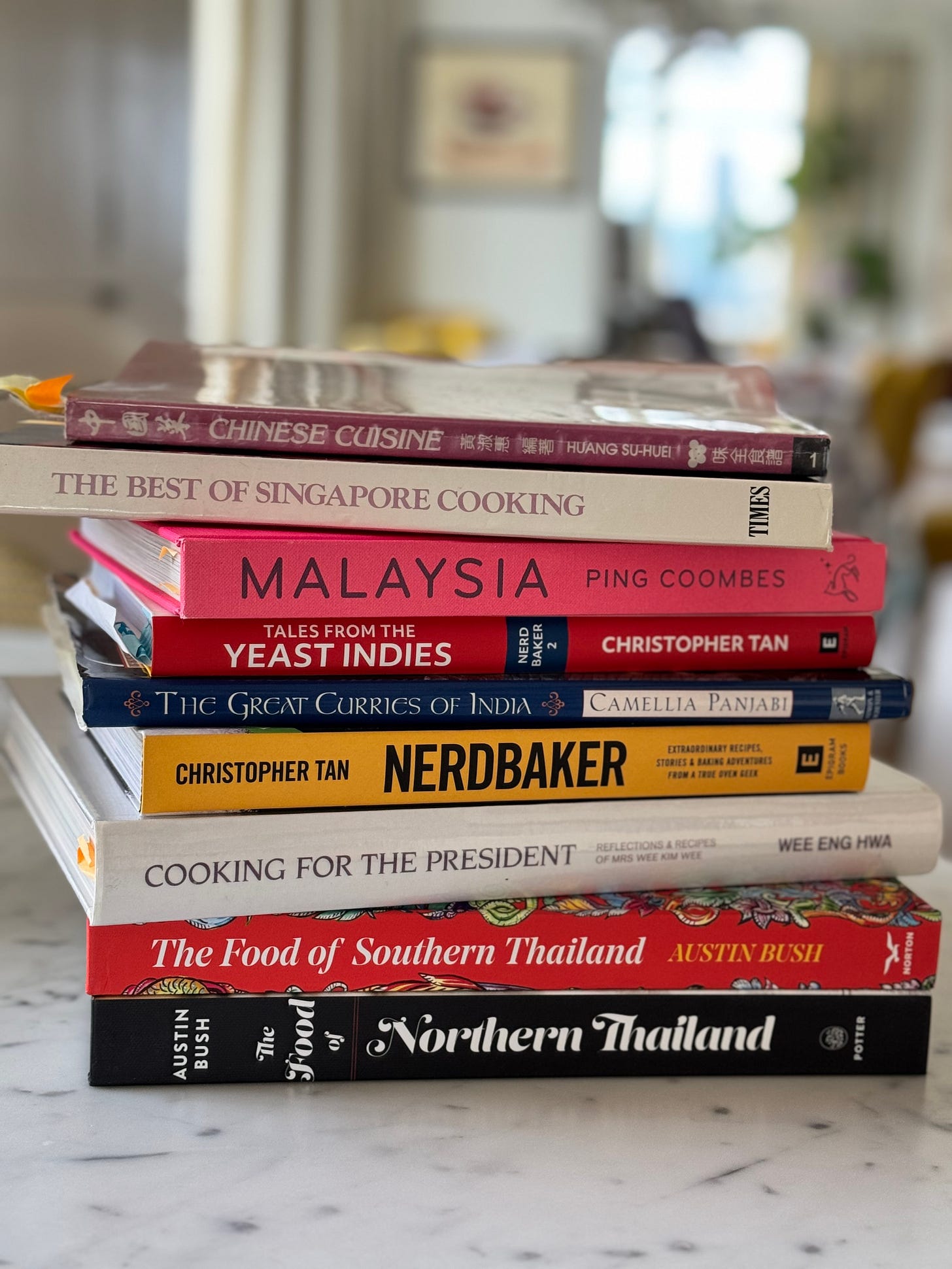

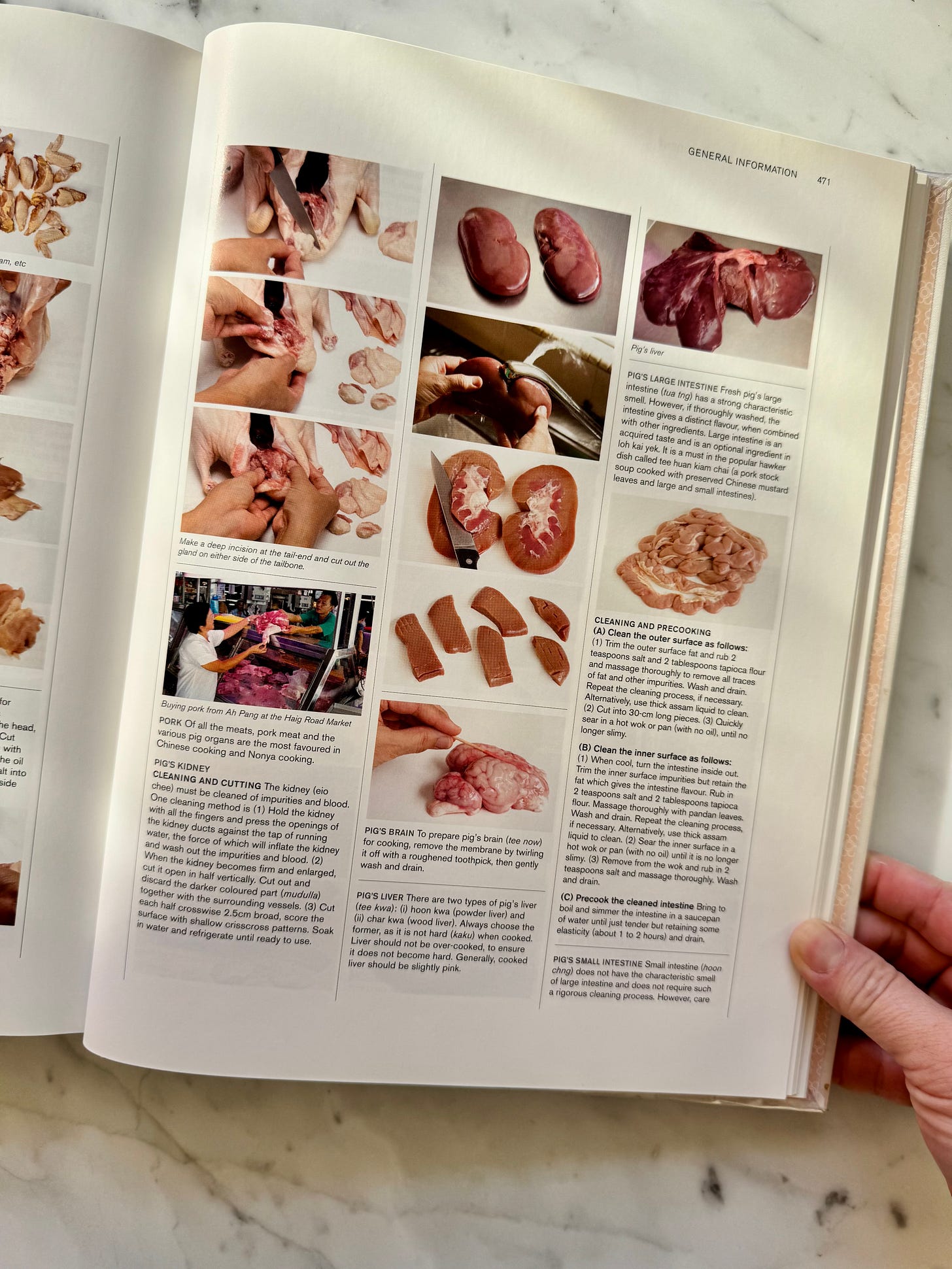
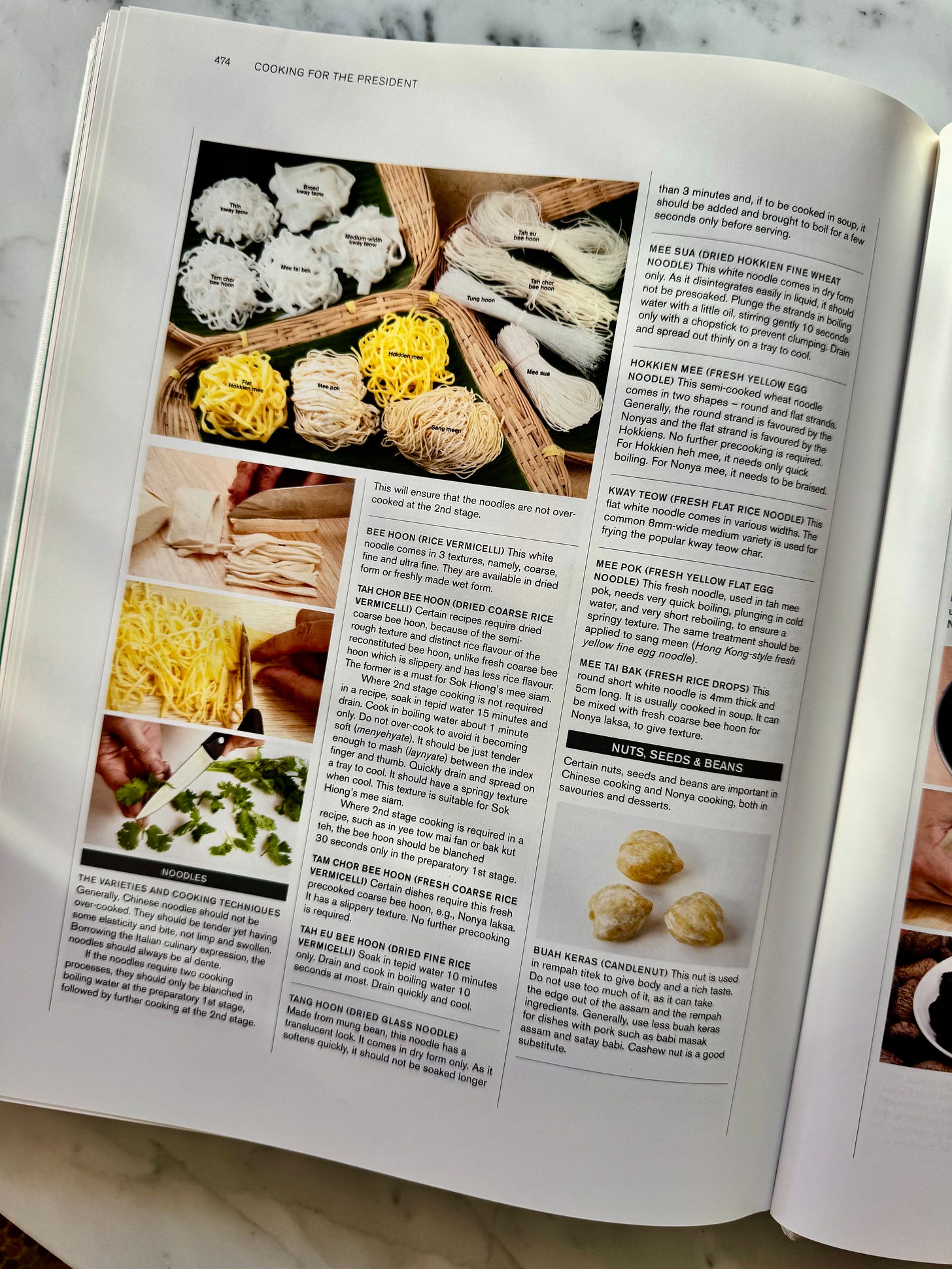

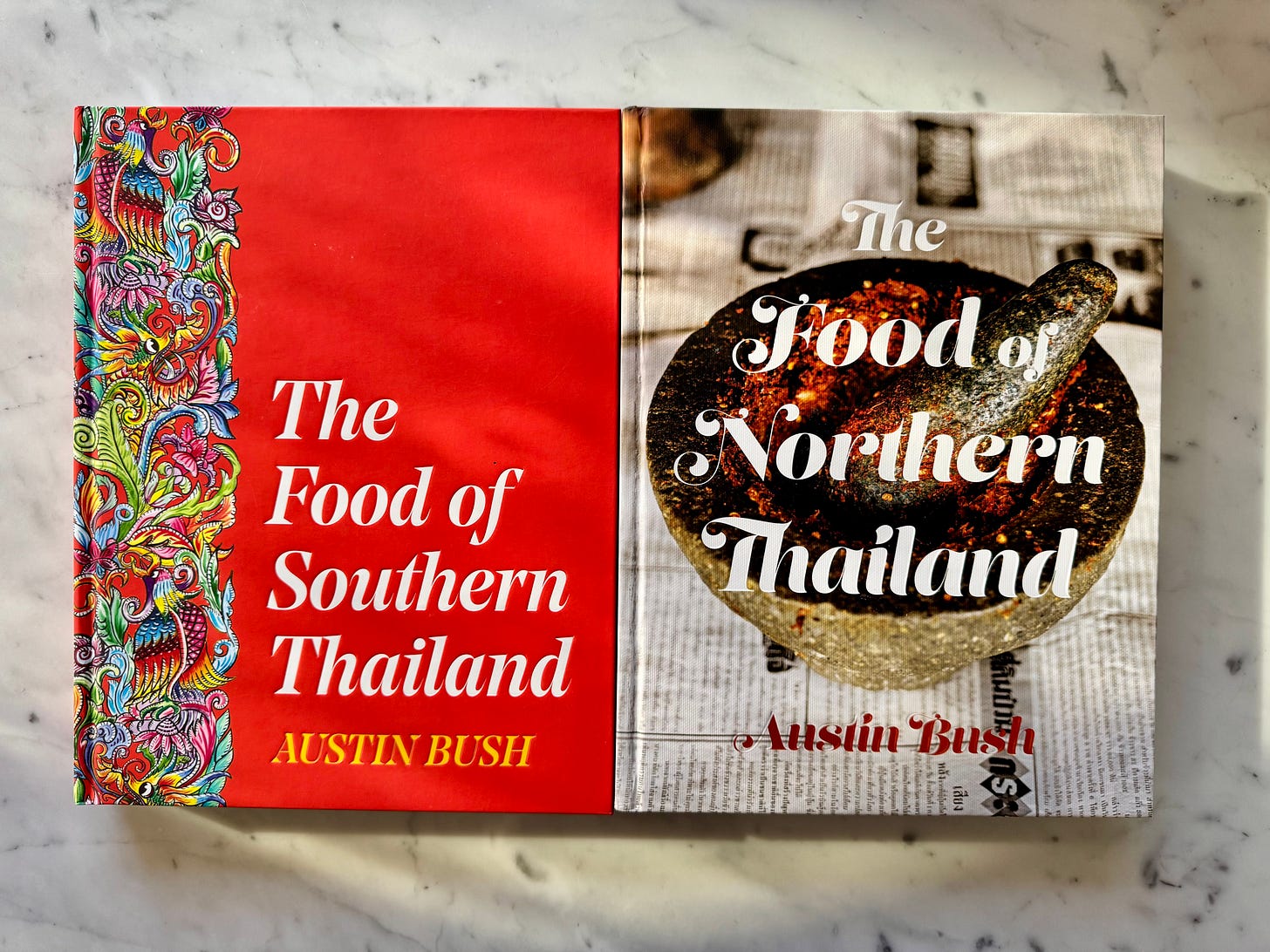

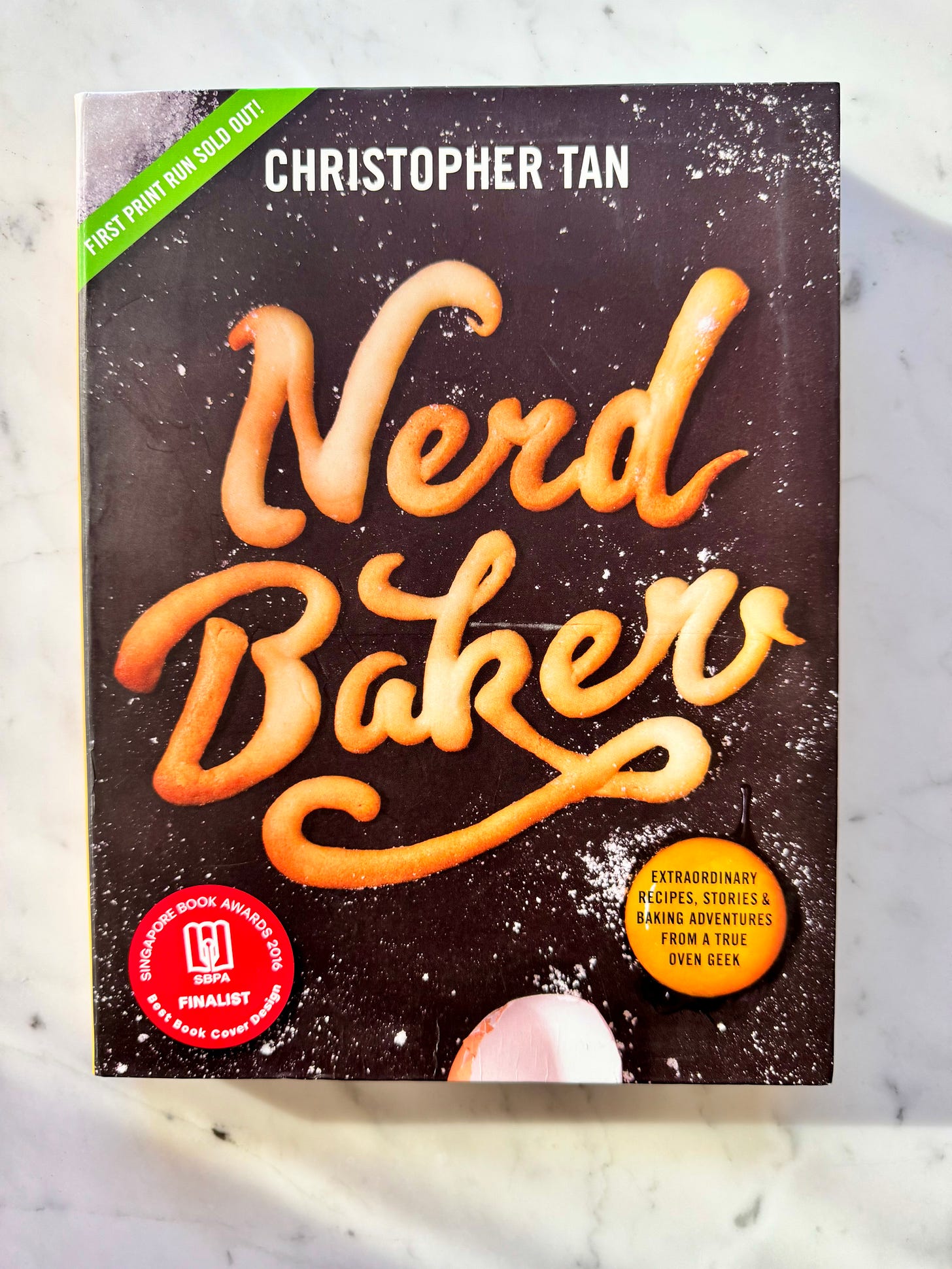
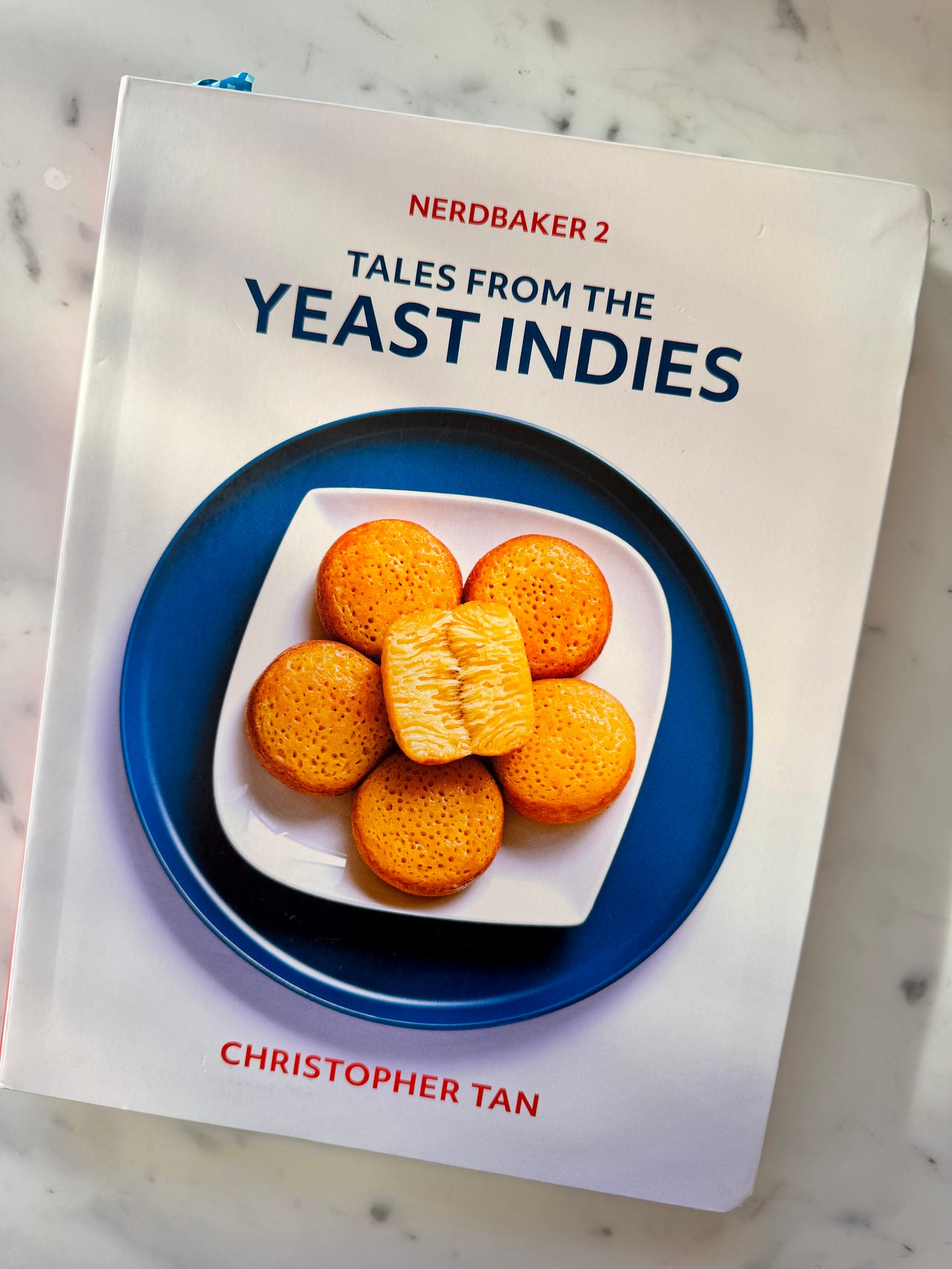

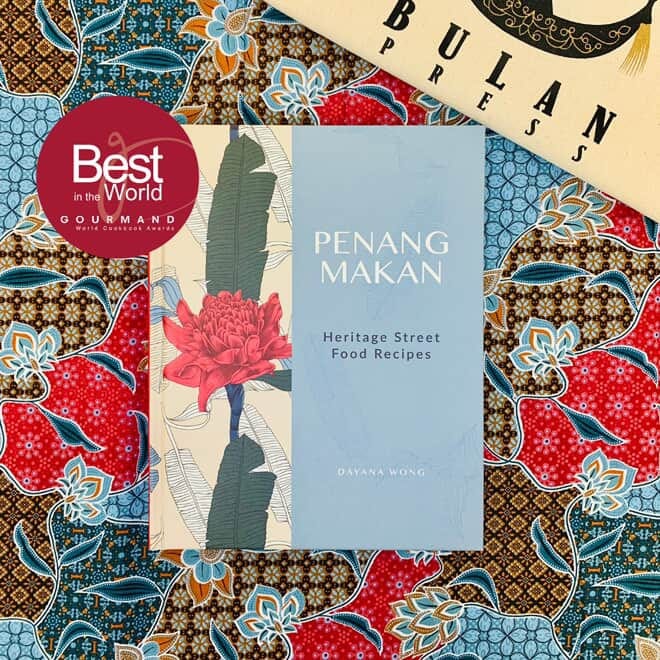

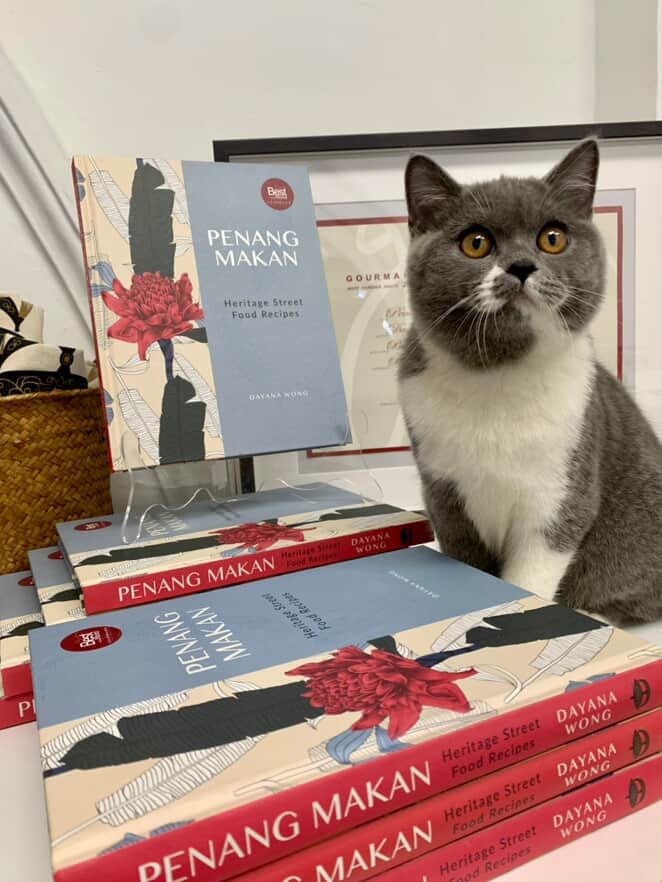
This must’ve been an amazing conversation! I know who to blame when my cookbook pile grows ever taller. 😝😝😝